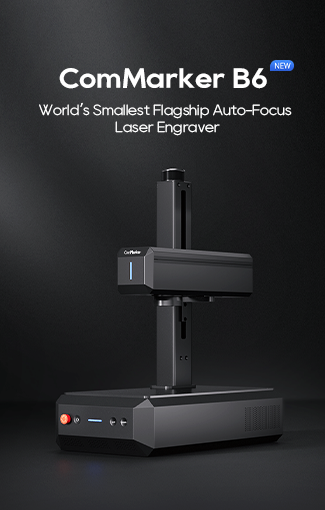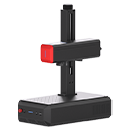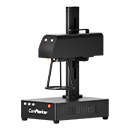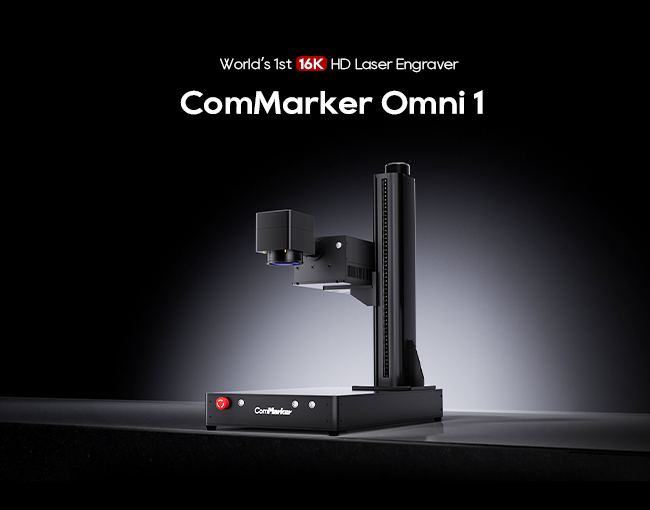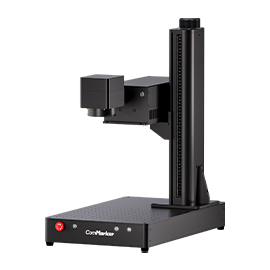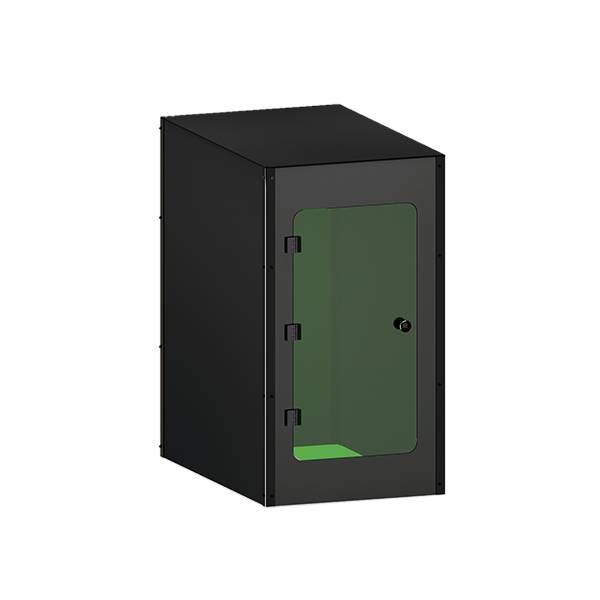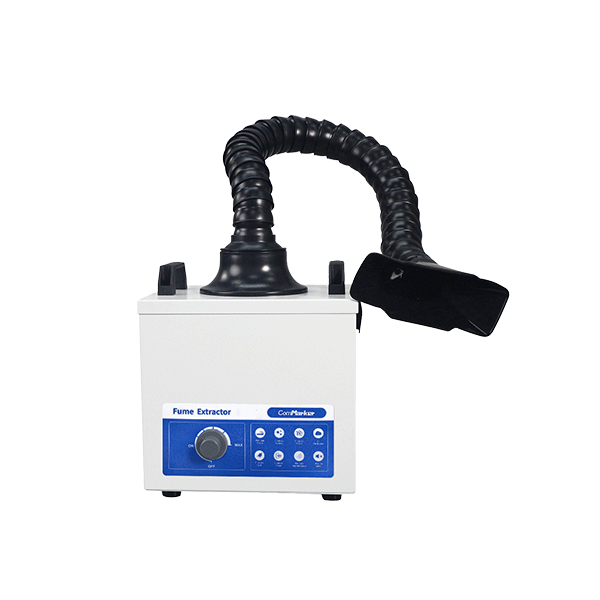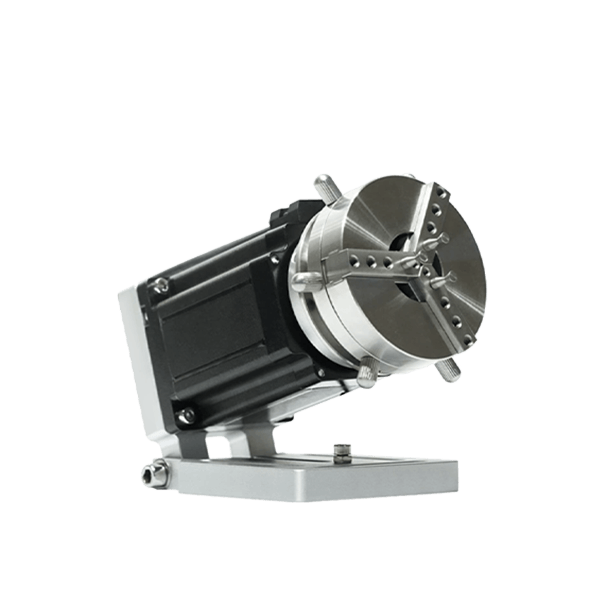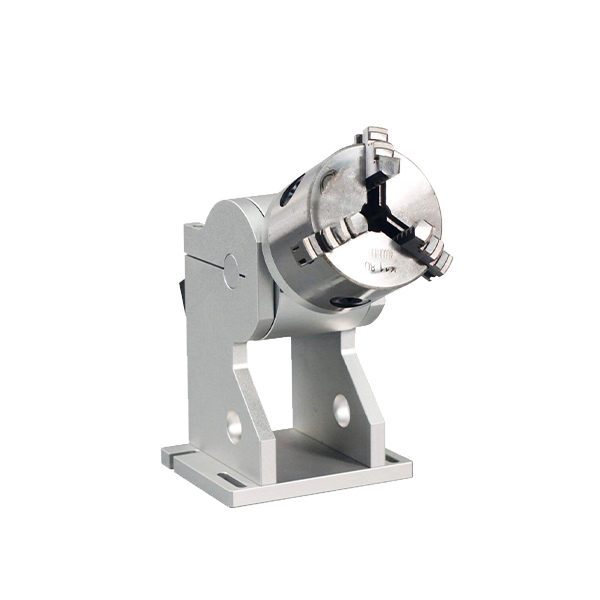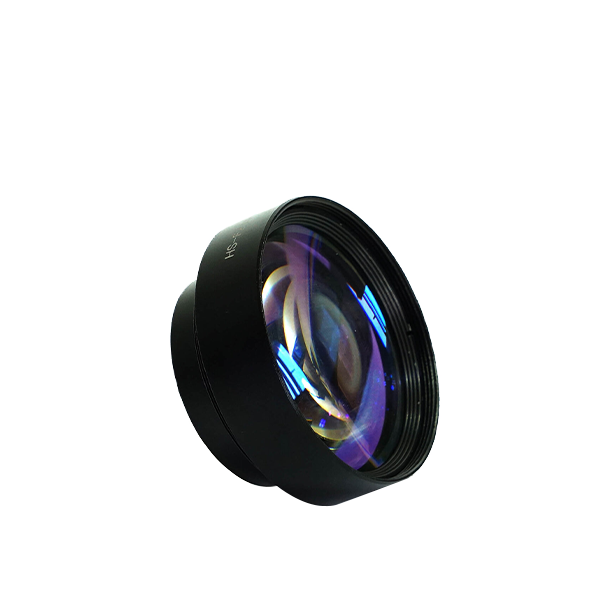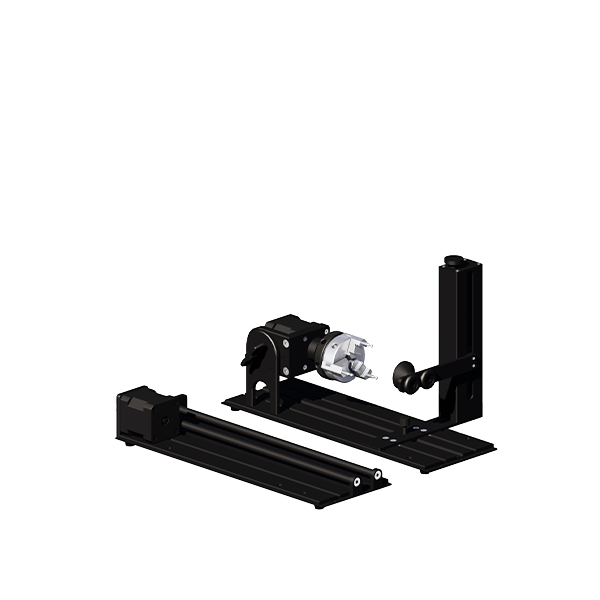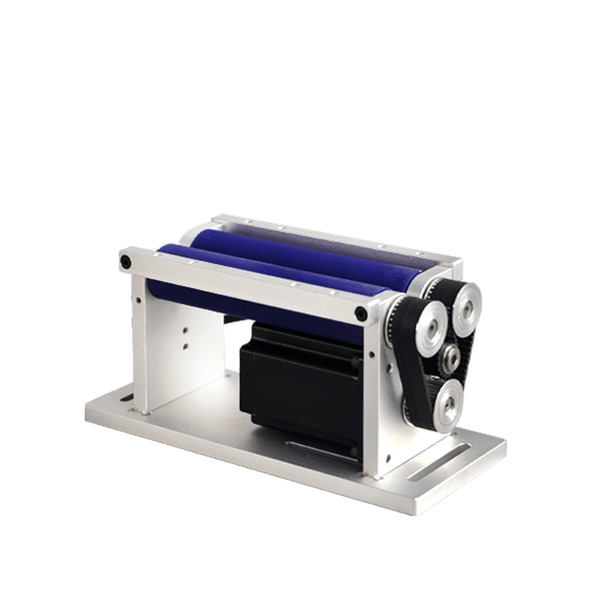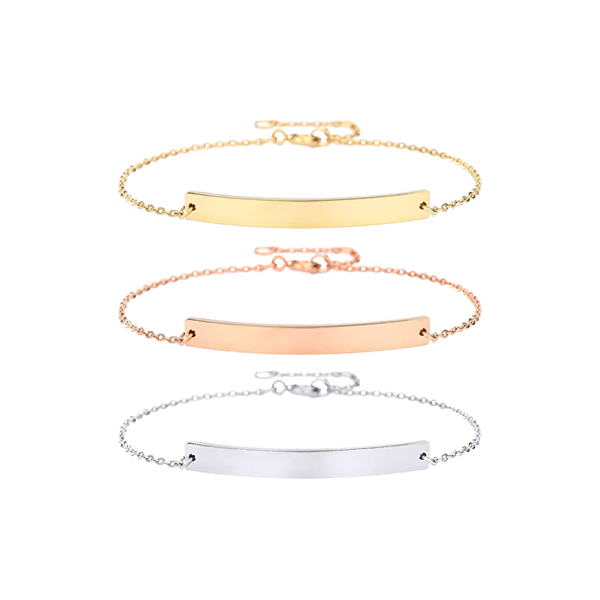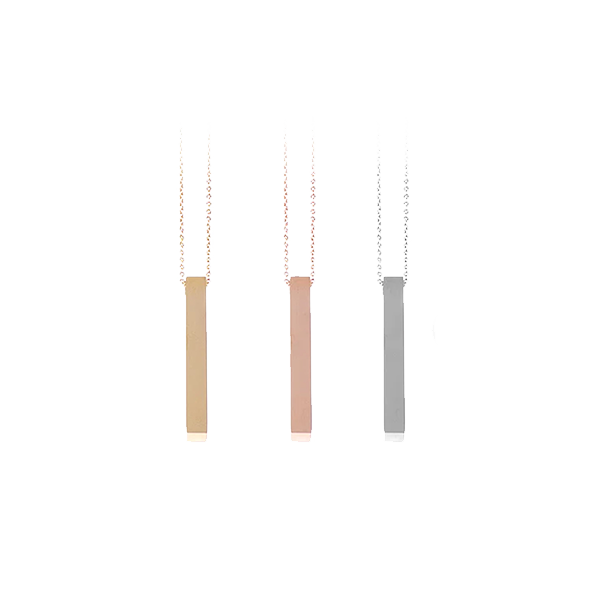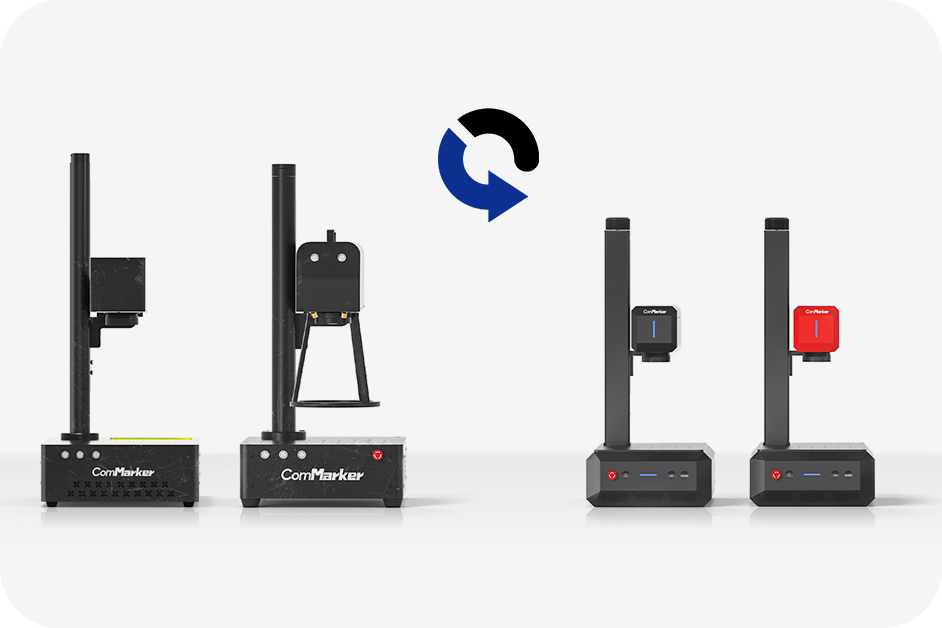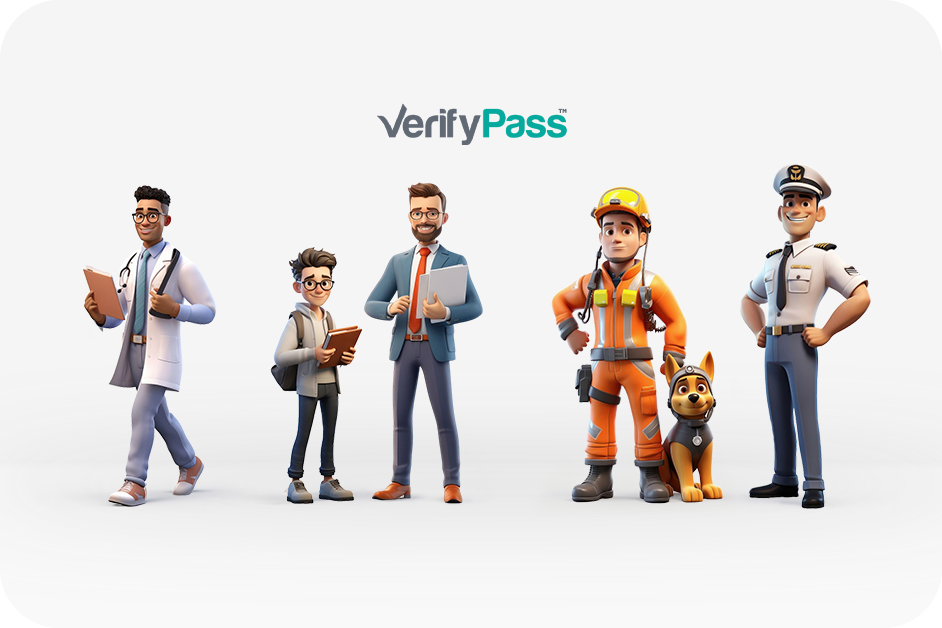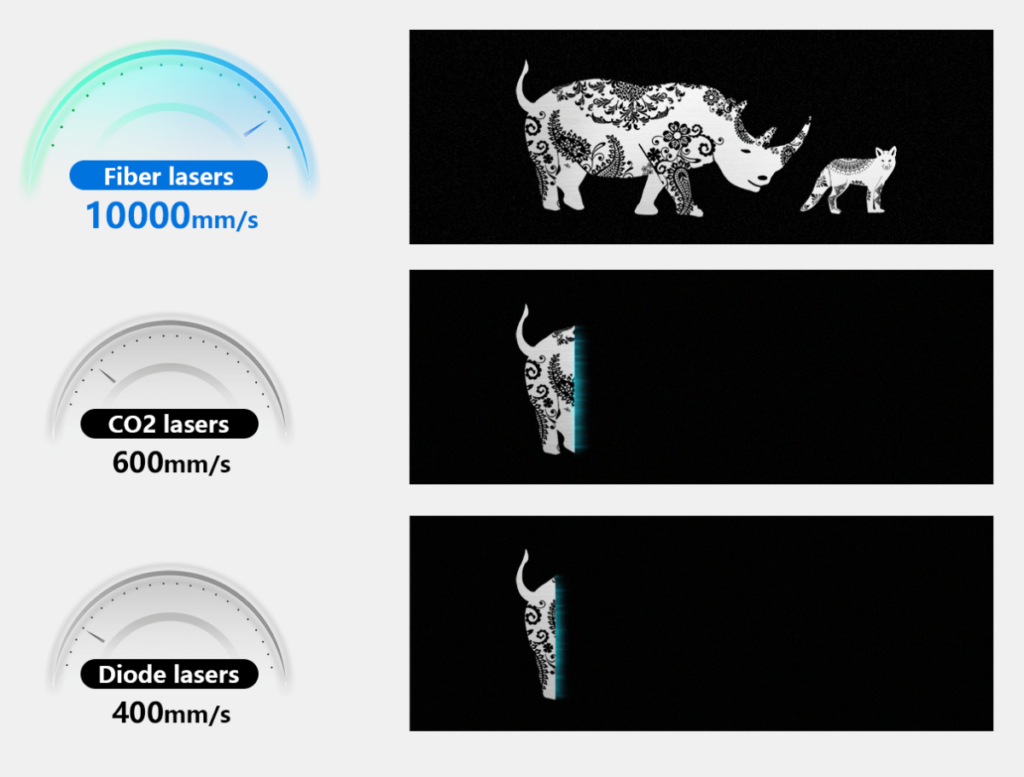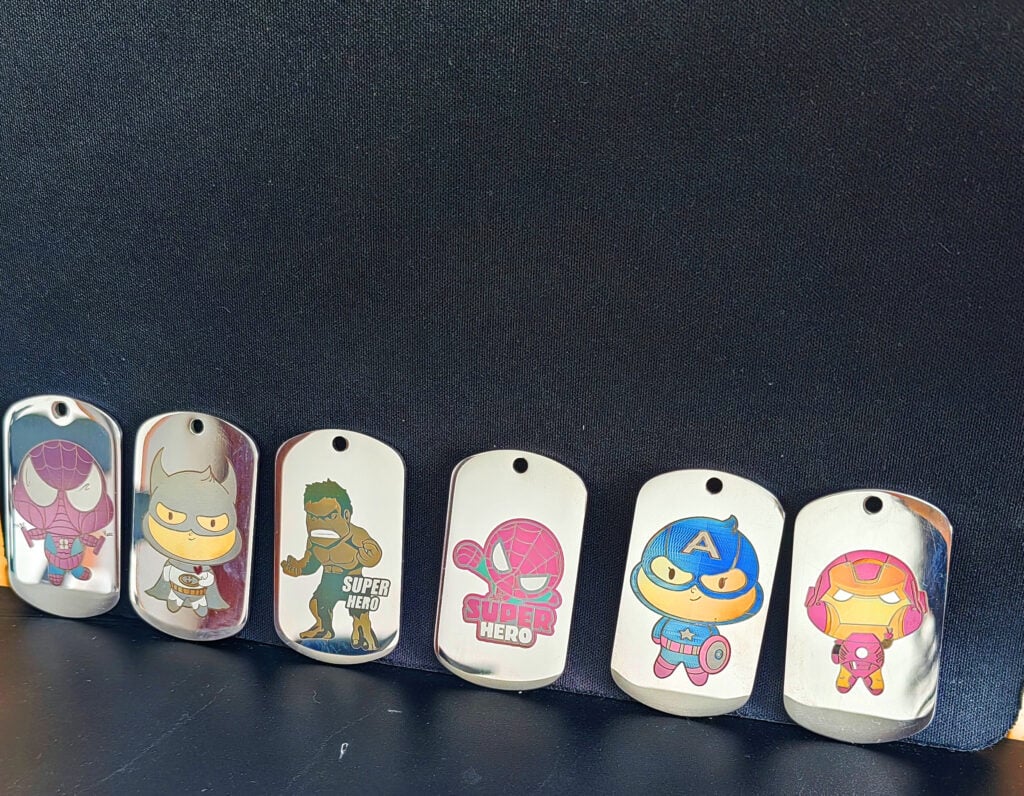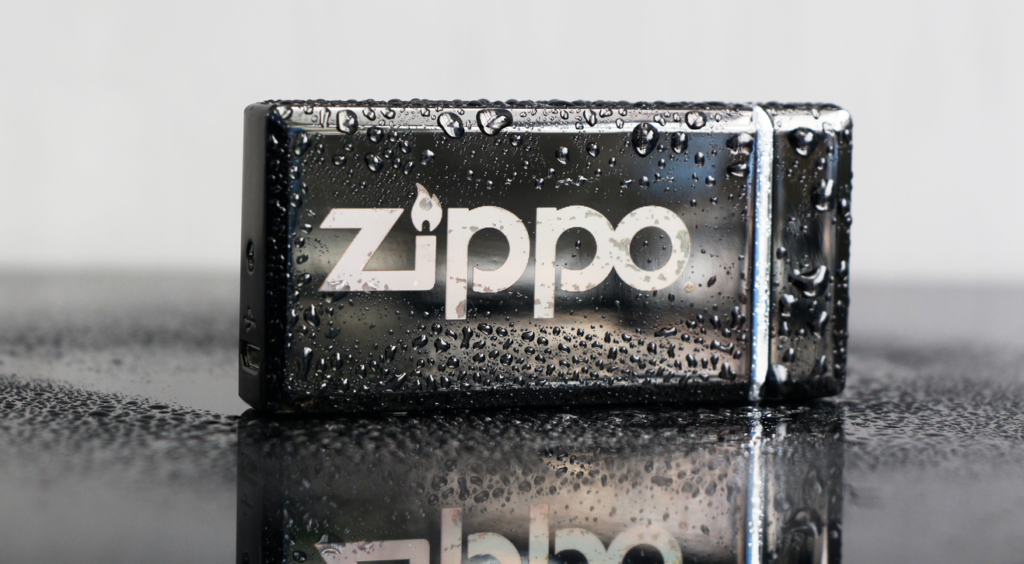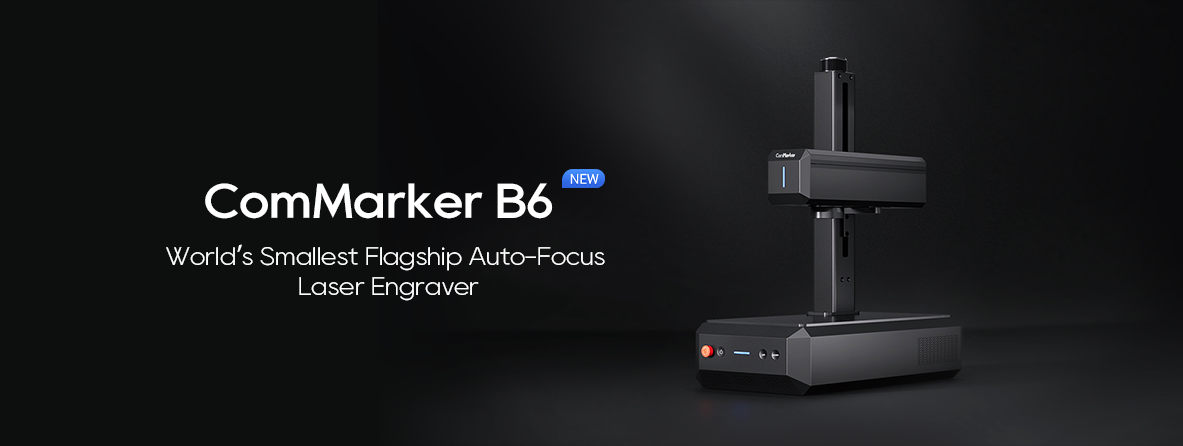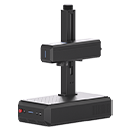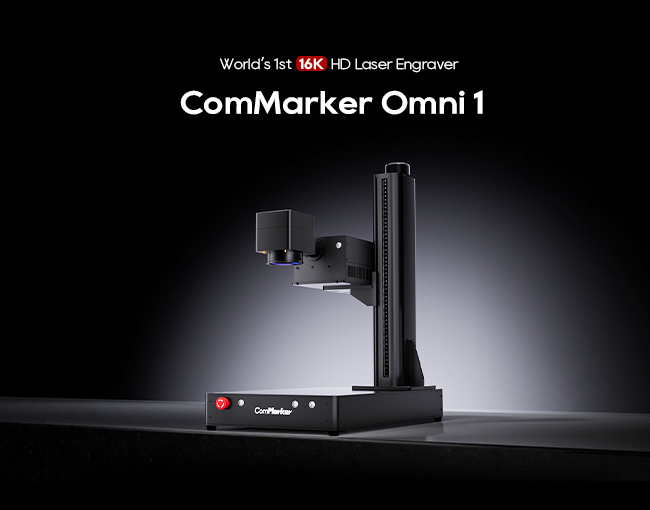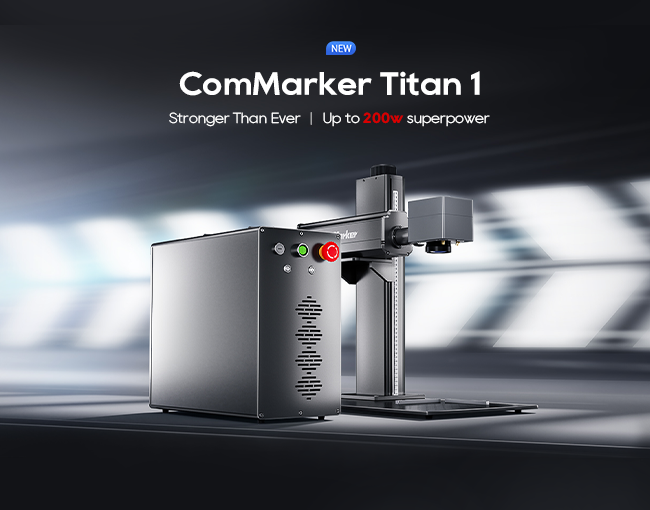1. Introduction to Laser Engraver Engraving Machines
Laser engraver engraving machines have revolutionized how businesses and individuals personalize and mark items with precision. By focusing a concentrated beam of light, laser engravers can etch designs into various materials, such as metal, wood, and glass. The versatility, speed, and accuracy of laser engraving have made it popular across industries, from jewelry and signage to promotional items.
2. Understanding Laser Engraving Technology
2.1 How Laser Engraving Works
Laser engraving uses a high-energy beam to cut or etch materials by vaporizing or melting the surface. When the laser beam hits the material, it alters the surface, creating permanent designs. There are three primary types of lasers used for engraving: CO2, fiber, and UV lasers.
- CO2 Lasers: These work best on non-metallic materials like wood, leather, and acrylic. They use a gas mixture to produce a high-power beam.
- Fiber Lasers: Specifically designed for metals, fiber lasers produce fine detail and are ideal for engraving jewelry, stainless steel, and more.
- UV Lasers: Perfect for delicate materials like plastic and glass, UV lasers offer high precision with minimal heat damage.
2.2 Advantages of Laser Engraving
Laser engraving is known for its speed, precision, and versatility across different materials. Some key benefits include:
- Accuracy: High DPI (dots per inch) resolution enables fine details, perfect for intricate designs.
- Consistency: Laser engravers provide repeatable quality, making them ideal for large-scale production.
- Durability: Engraved designs are permanent and resistant to wear over time.
3. Types of Laser Engraver Engraving Machines
3.1 CO2 Laser Engraver
CO2 lasers are ideal for non-metallic materials and are frequently used in industries like crafting, signage, and packaging. They offer precise engraving for wood, leather, and acrylic, making them suitable for creating custom products.
3.2 Fiber Laser Engraver
Fiber lasers are built for metal engraving, making them perfect for industries like jewelry, automotive, and aerospace. They handle tough metals like steel, aluminum, and precious metals, providing excellent detail with minimal wear.
3.3 UV Laser Engraver
UV lasers work well with sensitive materials like plastic, glass, and ceramics, as they use a low-heat beam that minimizes damage. UV lasers are preferred for marking electronic parts, medical devices, and detailed glass engravings.
4. Choosing the Right Laser Engraver Engraving Machine
Selecting the right laser engraver involves several considerations, such as material compatibility, machine power, and software requirements.
4.1 Factors to Consider When Buying
- Power: Higher wattage is needed for thicker or harder materials like metals. Lower wattage machines are sufficient for softer materials like wood and plastic.
- Engraving Bed Size: Choose based on your workpiece size. Larger beds accommodate bigger items and production runs.
- Software Compatibility: Ensure the laser engraver is compatible with software like LightBurn or EZCAD for ease of design customization.
4.2 Application-Specific Machines
For small businesses focusing on crafts or personalized items, a CO2 laser engraver may be the best choice. For larger industrial applications, fiber or UV lasers may offer the precision and material compatibility required.
5. Applications of Laser Engraving Machines
5.1 Industrial Applications
Laser engravers are essential in industries requiring high precision, such as aerospace, automotive, and electronics. Common applications include marking serial numbers, cutting metal parts, and branding equipment.
5.2 Personal and Commercial Customization
Laser engravers are perfect for creating personalized gifts, promotional items, and custom designs. They can be used to engrave names, logos, or intricate designs on jewelry, glassware, and wooden items.
5.3 Art and Craft Industry
Laser engraving offers artists the ability to bring detailed designs to life on various materials. From cutting intricate patterns into wood to engraving custom jewelry, artists use laser engravers to expand their creative potential.
6. Tips for Using a Laser Engraver Engraving Machine
6.1 Best Practices for Beginners
If you’re new to laser engraving, here are some tips:
- Safety First: Always use proper ventilation and protective gear, as the laser beam can be harmful to the eyes and lungs.
- Calibration: Properly calibrate your machine to ensure accurate engravings and avoid damaging the material.
- Test on Scrap: Before engraving a final piece, test your design on scrap material to fine-tune the settings.
6.2 Advanced Techniques
More advanced users can explore techniques like multi-layer engraving, which creates 3D effects by removing material in stages. Rotary attachments are also useful for engraving cylindrical items like rings and glasses.
7. Cost of Owning and Maintaining a Laser Engraving Machine
7.1 Initial Investment
The cost of a laser engraver varies based on the type and power. Entry-level CO2 machines can start at a few hundred dollars, while high-end fiber and UV lasers can cost several thousand.
7.2 Maintenance and Running Costs
Operating a laser engraver incurs costs beyond the initial purchase. Electricity, replacement parts (like laser tubes and lenses), and routine maintenance can add up. To ensure your machine lasts, regular cleaning and cooling system maintenance are essential.
8. Comparing Laser Engraving to Other Techniques
8.1 Laser Engraving vs. Hand Engraving
Laser engraving offers unparalleled speed and precision compared to hand engraving. While hand engraving has a traditional, artisanal appeal, it requires more time and skill, making it more expensive.
8.2 Laser Engraving vs. Etching
Laser engraving physically alters the material, creating a deeper mark, while etching involves surface-level alterations. Laser engraving offers more durability, whereas etching is ideal for decorative work.
Why Invest in a Laser Engraver Engraving Machine?
Investing in a laser engraver engraving machine offers significant benefits for businesses and hobbyists alike. Here’s why:
- Precision & Accuracy: Laser engravers provide high precision, ideal for intricate designs on materials like wood, metal, acrylic, and glass.
- Versatility: These machines work on a wide range of materials, making them suitable for various industries, including jewelry, signage, and custom gifts.
- Speed & Efficiency: They offer faster turnaround times compared to traditional engraving methods, helping businesses scale production.
- Customization Capabilities: Perfect for personalized products, they allow you to meet the growing demand for customized items.
- Low Maintenance: Laser engravers are durable and require minimal upkeep, reducing long-term operational costs.
- Scalability: Whether for small-scale crafts or large-scale production, laser engravers can easily adapt to the size and complexity of a project.
- Return on Investment: With their high efficiency and ability to handle diverse projects, they quickly become a valuable asset in generating revenue.
In short, a laser engraver engraving machine offers a mix of precision, versatility, and efficiency, making it an excellent investment for anyone looking to expand their creative or business capabilities.




